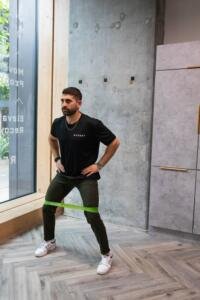Causes of runners knee pain
Runner's knee pain, also known as patellofemoral pain syndrome, is commonly caused by repetitive stress on the knee joint. Factors include overuse from excessive running or poor form, muscular imbalances in the quadriceps or hips, improper footwear, or misalignment of the kneecap. Weak or tight muscles around the knee and hips can exacerbate stress on the patella, leading to inflammation and pain. Rest and proper strengthening can help alleviate symptoms.
Symptoms of runners knee pain
Runner’s knee typically manifests as pain around or behind the kneecap, especially noticeable during activities like running, bending, or descending stairs. You might feel discomfort when sitting for extended periods with bent knees. Swelling and a feeling of the knee "giving out" are also common. Some individuals report a grinding or popping sensation in the knee during movement, especially under load or after repetitive activities.
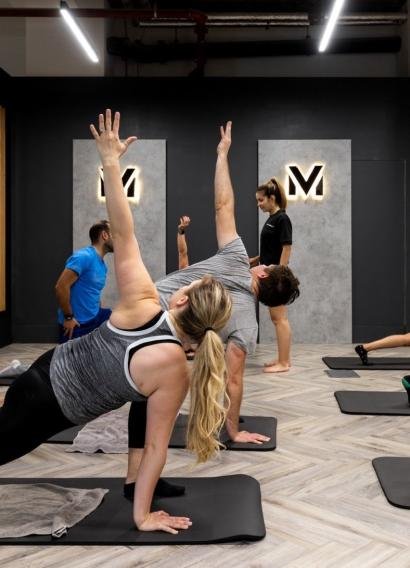
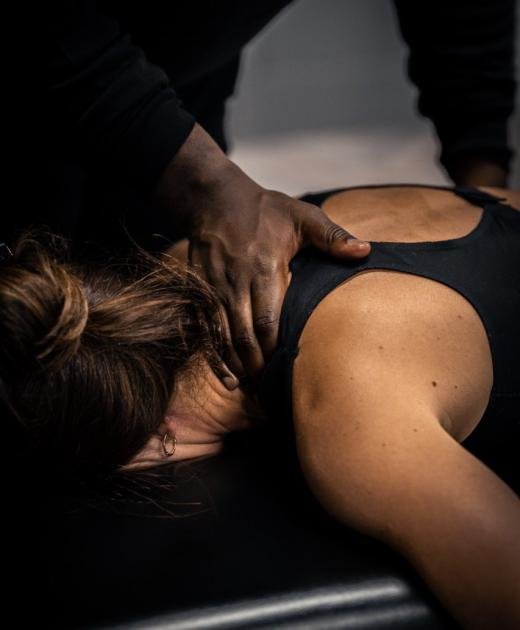
Treatment of runners knee pain
Treatment for runner’s knee typically involves rest and reducing activities that aggravate the knee. Applying ice helps reduce swelling, while over-the-counter pain relievers like ibuprofen can manage discomfort. Strengthening exercises targeting the quadriceps, hamstrings, and hips are key to stabilizing the knee. Stretching tight muscles around the knee can also alleviate pain. Wearing supportive footwear and using orthotics can help improve alignment and reduce stress on the knee.
Exercises to relieve runners knee pain
Incorporating targeted exercises can help reduce runner's knee pain and improve overall knee function. Key exercises include:
Step downs
Stand up straight on a block supported on one leg. Align your knee cap with your second toe and lower slowly your unsupported leg on the ground while maintaining this alignment on the supporting leg. Lightly touch the ground with your heel and lift the leg up to the starting position. Prevent your support knee from turning inward by squeezing your buttocks together.
01

02
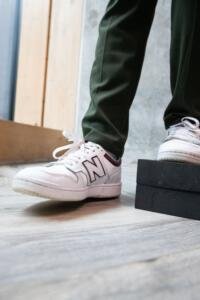
03
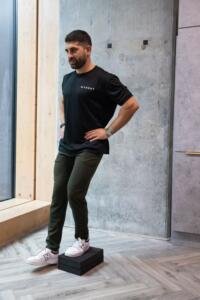
ASLR (Active Straight Leg Raise)
Lie on your back with one knee bent and the affected leg completely straight. Lift your leg off the bed to 45 degrees, keeping it straight. Lower the leg to the starting position and repeat.
01
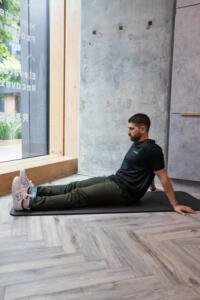
02
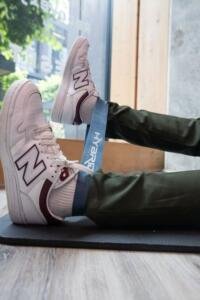
03
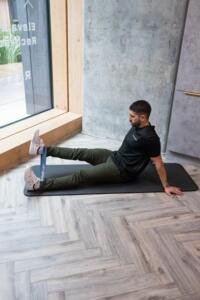
Side Step with mini band
Start in a squat position with a band around your quads
Keeping the band taut at all times, step to the side.
Push the knees out while taking the steps so they don't cave in.
Each step is about 50% of the starting position stance.
01
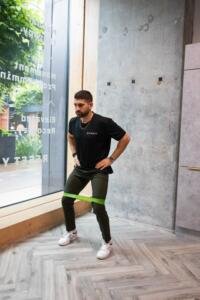
02

03
